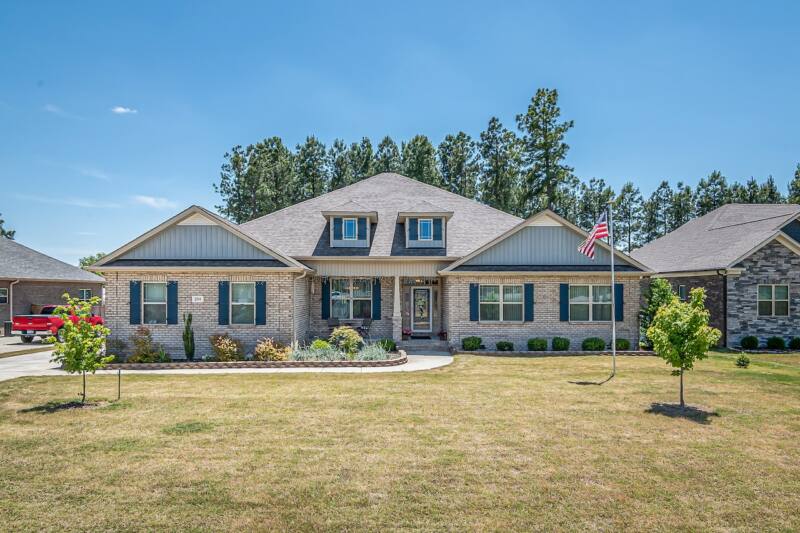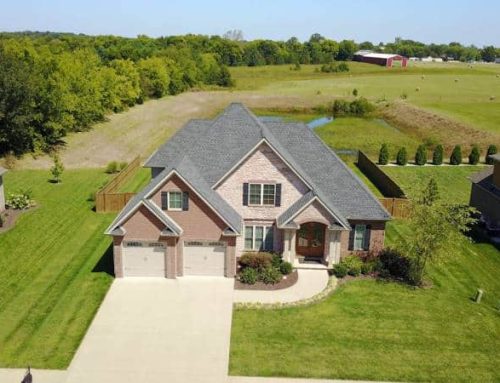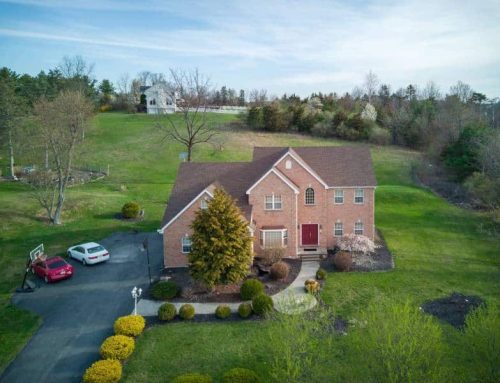Is your old roof looking worn out and in need of a replacement? Are you wondering if it’s possible to avoid the hassle of tearing off the old roof and installing a new one from scratch? The good news is that it may be possible to install a new roof over an existing one.
Roof replacement is a significant investment, and homeowners are always looking for ways to save time and money. Installing a new roof over an existing one is a popular method that can be more cost-effective and less time-consuming than a complete tear-off. However, this approach raises some concerns and questions about safety, durability, and potential problems.
If you’re considering installing a new roof over an existing one, it’s essential to weigh the pros and cons and understand the process thoroughly. In this article, we’ll explore whether you can install a new roof over an existing one, the benefits and drawbacks of this approach, and the factors to consider before making a decision.
Reroofing vs. Roof Replacement: Which is Better?
When it comes to installing a new roof, homeowners have two options: reroofing or roof replacement. Reroofing involves installing a new layer of shingles over the existing layer, while roof replacement requires completely tearing off the old roof and starting from scratch.
While reroofing may seem like the more convenient and cost-effective option, there are some drawbacks to consider. For instance, reroofing adds significant weight to the roof structure, which can put a strain on your roof’s supports and increase the risk of structural damage. Additionally, any moisture trapped between the two layers of shingles can cause mold and mildew buildup that could lead to wood rot and other problems.
How Do I Know Which One to Do?
When it comes to installing a new roof, homeowners are faced with a difficult decision: reroofing or roof replacement. While both can be viable options, it’s important to consider the pros and cons of each approach before making a decision.
The first step in determining which option is best for you is to assess your existing roof. If the current roof is still in good condition, you may be able to install a new layer of roofing over the existing one. If the roof is in poor condition, however, it’s best to opt for a full replacement.
It’s also important to consider factors such as your budget, local building codes, and the expected lifespan of the new roof. In most cases, a full roof replacement is more cost-effective in the long run, as it will provide better protection and last longer.
How Long Does Reroofing Last?
Reroofing, like any roofing process, is designed to last for several years. However, the lifespan of a reroofed roof depends on a variety of factors such as the climate in your area, the type of roofing materials used, and the quality of installation. Generally speaking, a reroofed roof will last from 10 to 20 years if it is properly cared for and maintained.
What Are the Benefits of Reroofing?
The primary benefit of reroofing is the cost savings. Reroofing is typically more affordable than roof replacement, as it eliminates the need to tear off and dispose of the existing roof. Additionally, reroofing can be done in a shorter period of time since it involves fewer steps than a complete roof replacement. Finally, reroofing allows you to update the look of your home without having to replace the entire roof.
Need a Roof Inspection?
When you partner with Tristate Roofing & Remodeling, we will walk you through the process of keeping your roof in its best shape. Contact us today to get started!






